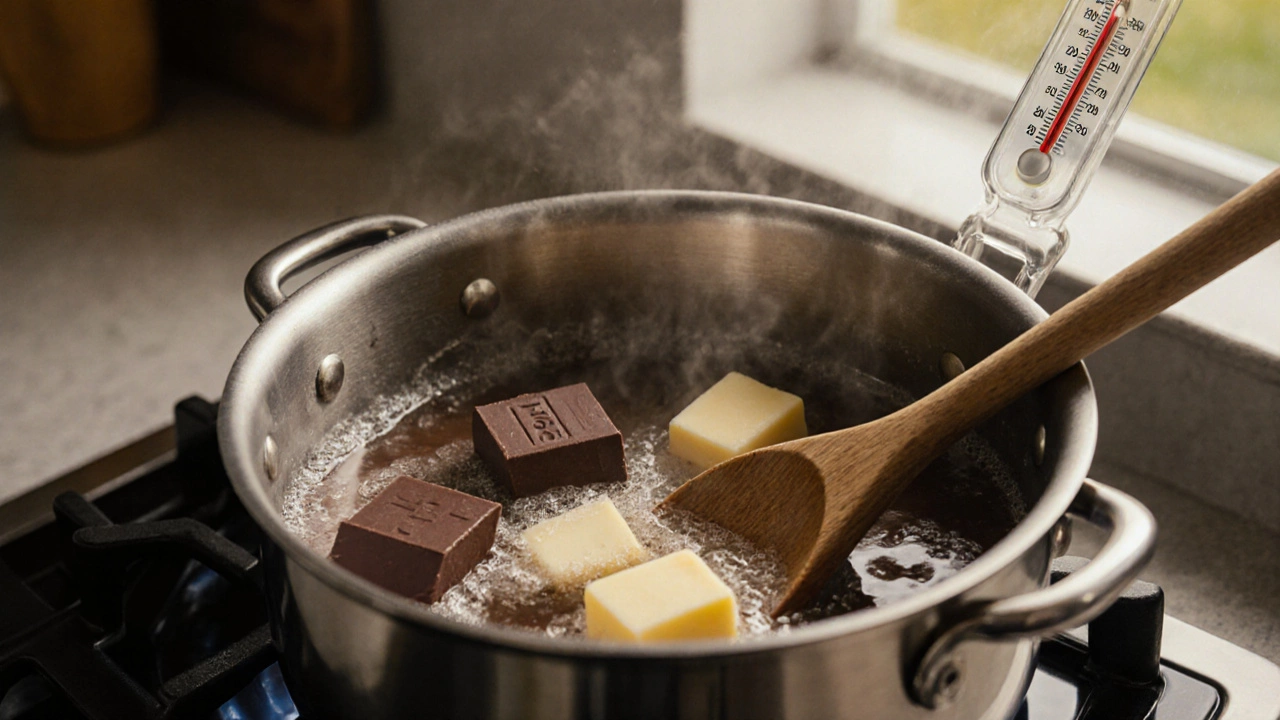
Ever pull a batch of fudge out of the pan only to find it turned into a brittle brick? You’re not alone-most home cooks run into that dreaded hardening stage at some point. The good news is that the science behind fudge is pretty straightforward, and a handful of small tweaks can keep your treat fudge soft for days.
Why Does Fudge Harden?
At its core, fudge is a confection made from sugar, butter, and a flavor base such as chocolate or caramel. The sweet spot lies in how the sugar crystals form during cooling. If the sugar crystals grow too large, the fudge becomes hard and grainy. Two main culprits drive that crystal growth:
- Temperature overshoot: Cooking past the soft‑ball stage (around 235‑240°F / 112‑115°C) pushes the mixture into the firm‑ball stage, encouraging bigger crystals.
- Moisture imbalance: Too little liquid or too much dry heat lets the sugar dry out, letting crystals lock in place.
Understanding these factors lets you control the texture before the fudge even hits the pan.
Ingredient Tricks That Keep It Creamy
Choosing the right ingredients is the first line of defense against hardening.
- Butter is a fat that interferes with sugar crystal formation, coating the crystals and keeping them small. Aim for unsalted butter with at least 80% fat for best results.
- Sugar, typically granulated white, provides sweetness and structure. Using a fine‑grained sugar helps it dissolve completely, reducing the chance of leftover grit.
- Chocolate adds flavor and a bit of extra fat. High‑cocoa‑percentage chocolate (70% or more) contains more cocoa butter, which also helps keep the texture soft.
- Cream (heavy whipping cream) contributes both fat and moisture, lowering the final sugar concentration and slowing crystal growth.
- Corn syrup is a liquid sweetener that contains glucose and fructose. Those sugars are less prone to crystallizing, acting as a natural anti‑crystallizer.
When you combine these ingredients, you create a matrix that traps sugar molecules and keeps them from forming big, hard crystals.
Cooking Temperature: The Sweet Spot
The classic fudge recipe calls for cooking to the soft‑ball stage. Using a reliable candy thermometer is worth the extra few dollars; the difference between 235°F and 250°F can be the difference between melt‑in‑your‑mouth and rock‑hard.
- Bring the butter, sugar, and corn syrup to a boil over medium heat.
- Stir in the chocolate and cream once the mixture reaches a rolling boil.
- Attach the thermometer and watch the temperature climb. As soon as it hits 235-240°F (soft‑ball stage), remove the pan from the heat.
- Let the mixture cool to about 110°F before beating. This cooling window allows the sugar to stay supersaturated, which is key for a smooth texture.
Skipping the thermometer and guessing the temperature is a common mistake that leads to overcooked, hard fudge.
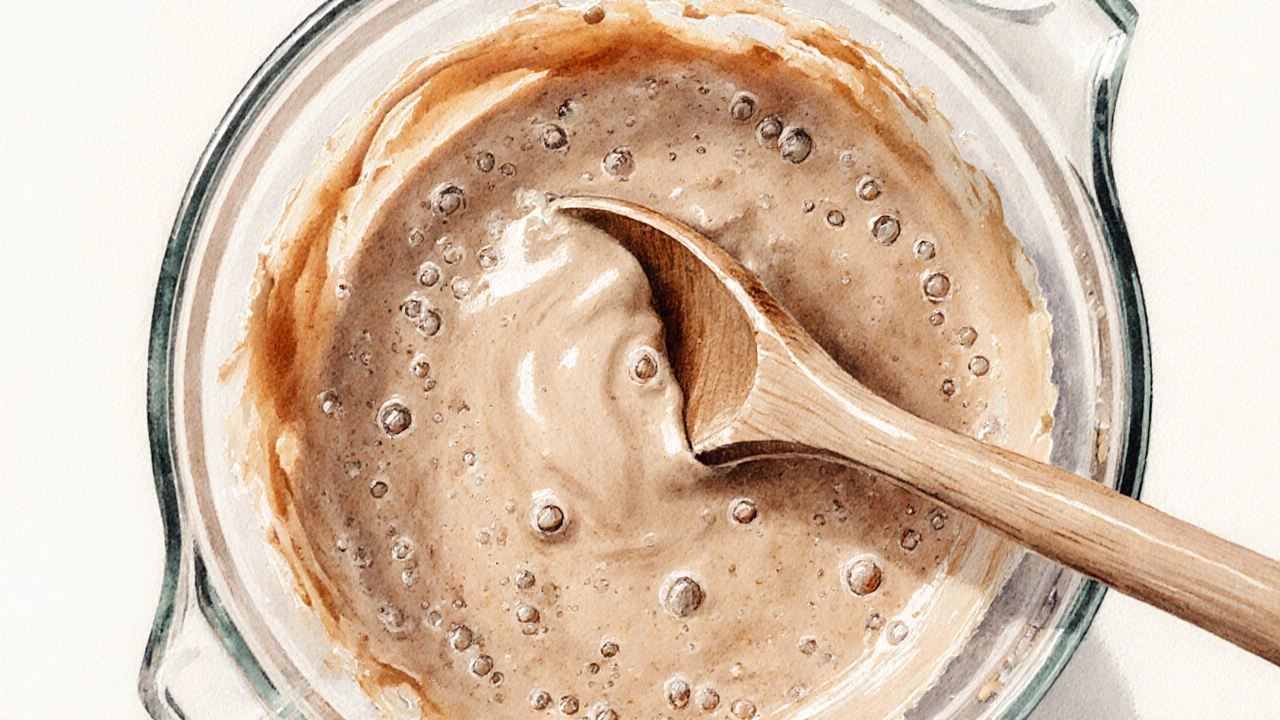
Cooling and Beating: The Texture Builders
After you’ve hit the soft‑ball stage, the next crucial phase is cooling and beating. This is where the fudge’s final texture is set.
- Cool the pan on a rack until the mixture drops to roughly 110°F (43°C). You can test with the back of your hand; it should feel warm but not hot.
- Transfer the mixture to a heat‑proof bowl and stir vigorously with a wooden spoon or electric mixer. The goal is to introduce tiny air bubbles that break up any nascent crystals.
- Beat until the fudge thickens and loses its glossy sheen-usually 5-7 minutes. If you stop too early, the fudge remains too liquid and can set hard later.
Patience during this step pays off; the slower you beat, the smoother the final product.
Storage Strategies That Preserve Softness
Even perfectly made fudge can turn hard if it’s stored wrong. The two biggest storage foes are air and low humidity.
- Storage in an airtight container keeps moisture from escaping, which is essential for maintaining a soft crumb.
- Room temperature (68-72°F) is ideal for short‑term storage (up to a week). Refrigeration can extend shelf life but may firm up the fudge; if you must refrigerate, let it sit at room temperature for 30 minutes before serving.
- For longer storage (up to 2months), wrap individual pieces in parchment paper, then place them in a zip‑lock bag with a slice of bread. The bread releases just enough humidity to keep the fudge from drying out.
- Avoid direct sunlight and drafts, which create temperature swings that encourage crystal growth.
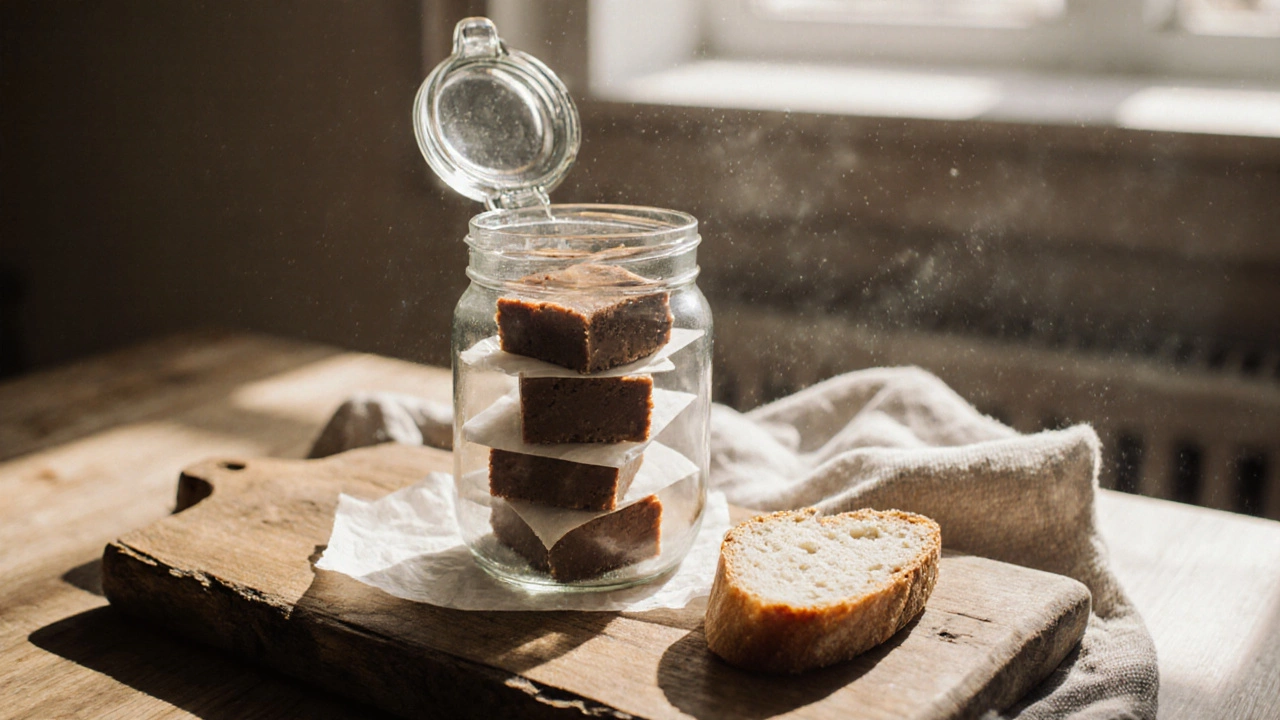
Common Mistakes and Quick Fixes
Even seasoned bakers slip up now and then. Here’s a quick reference table that shows typical problems, why they happen, and how to fix them.
| Problem | Cause | Fix |
|---|---|---|
| Hard, grainy fudge | Cooked past soft‑ball stage or insufficient liquid | Use a candy thermometer, add extra cream or corn syrup |
| Fudge cracks or separates | Over‑beating after the mixture cools too much | Stop beating once thickened; let it set undisturbed |
| Fudge dries out in storage | Exposure to air or low humidity | Store airtight, add a slice of bread, keep at room temperature |
| Fudge sets too quickly | Pan too cold or placed in fridge too early | Let the pan cool on a rack; avoid refrigeration until fully set |
Final Checklist Before You Serve
- Temperature hit 235‑240°F and not higher.
- Mixture cooled to ~110°F before beating.
- Beating stopped when fudge loses its shine.
- Stored in an airtight container at room temperature.
- Enjoy within a week for best softness, or use the bread‑wrapped method for longer life.
Frequently Asked Questions
Can I use honey instead of corn syrup?
Yes, honey works as an anti‑crystallizer, but it adds its own flavor. Use the same volume as corn syrup and keep an eye on the temperature, as honey can caramelize faster.
Why does my fudge become hard after a day in the fridge?
Cool temperatures push the sugar crystals to firm up. Let the fudge sit at room temperature for a half hour before serving, or store it at room temperature in the first place.
Do I need to grease the pan?
A light coat of butter or non‑stick spray prevents sticking without adding extra fat that could affect texture.
Can I make fudge without chocolate?
Absolutely. Classic vanilla or peanut butter fudge follows the same temperature and beating rules; just swap the chocolate for the flavor base.
What’s the best container for storing fudge?
A rigid, airtight Tupperware or a glass jar with a tight‑fitting lid works best. If you’re stacking layers, place parchment between them to keep pieces from sticking.


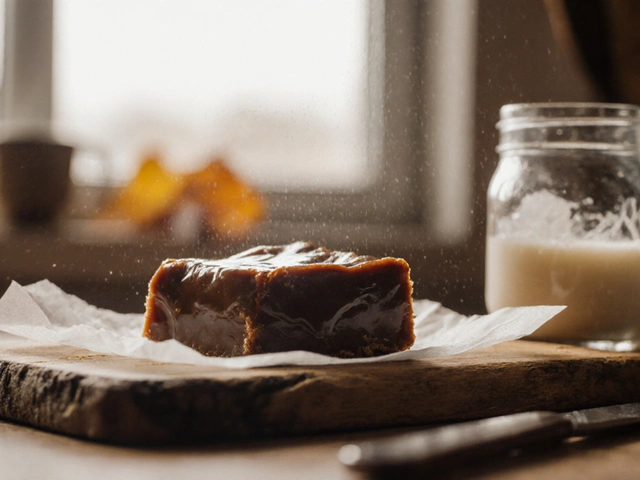
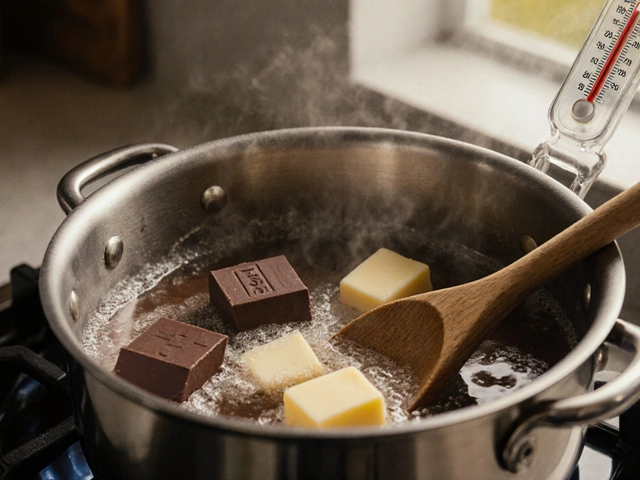
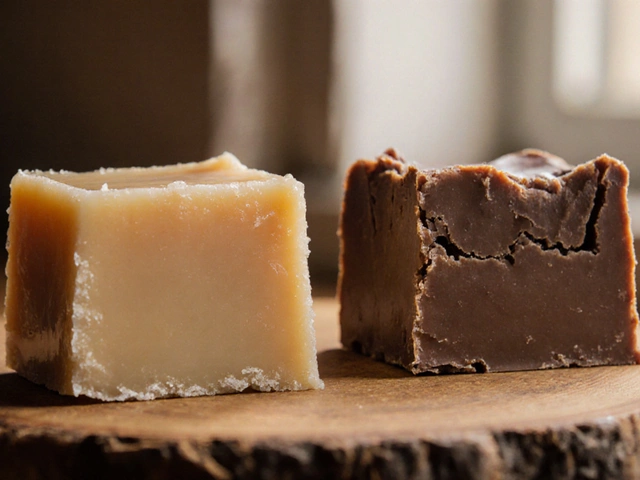

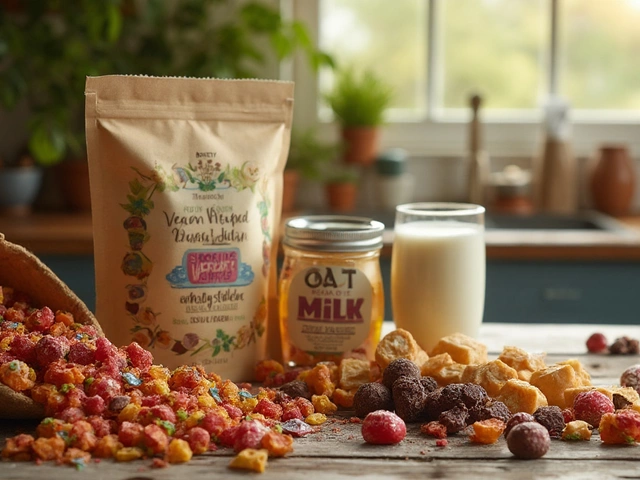

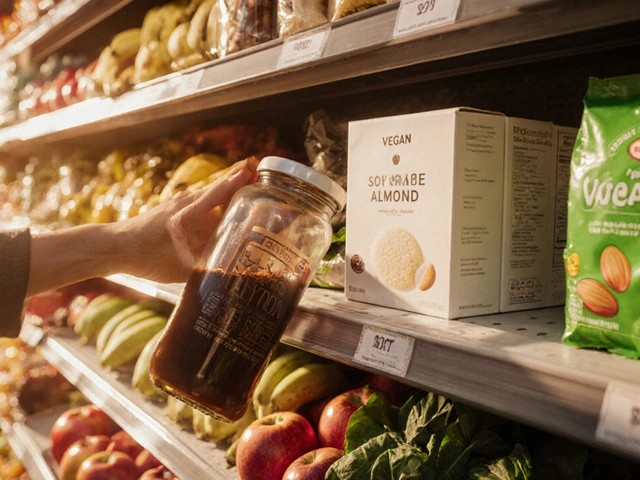
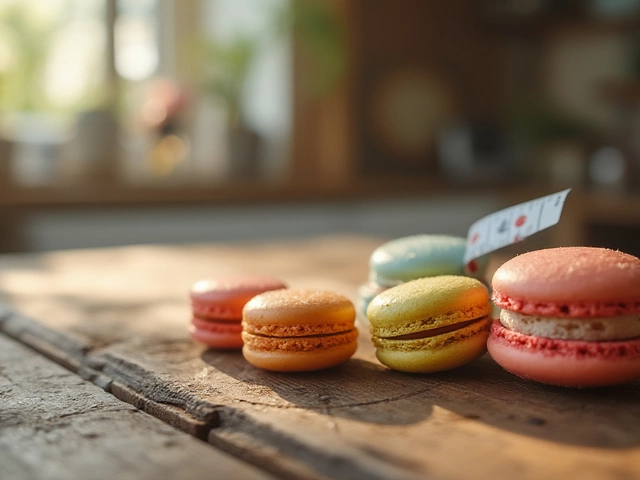
Write a comment